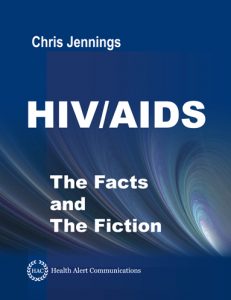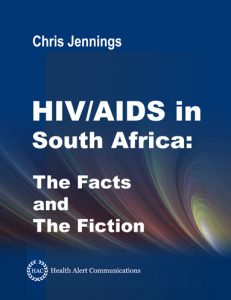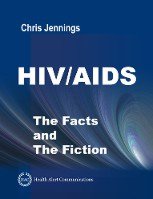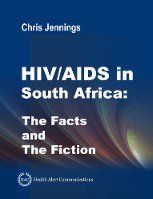
In this video, Chris Jennings briefly explains the implications of bad HIV/AIDS science in Africa; namely, inappropriate health care interventions and the misallocation of funds; these actions based on highly improbable concepts of the global HIV/AIDS epidemic.
Video Transcript:
It is obvious that the current conceptions of the African HIV/AIDS epidemic are based on bad science.
But what are the implications of this bad science?
Stuart Derbyshire predicted the current situation back in 1995. He wrote in the journal African AIDS Analysis:
“The frightening scenario looms that widespread, but curable, diseases are wrongly classified as AIDS-related complex, thereby foregoing appropriate treatment.” [ref]
Undoubtedly, many people with other diseases are being misdiagnosed as having HIV infection – in part because, obviously, the HIV antibody test is invalid in tropical indigent populations.
Thus, of the estimated 7 million Africans currently receiving rather toxic drugs for HIV infection – many of them pregnant women – the vast majority of these people could not possibly have HIV infection . . . because the reported prevalence of HIV infection far exceeds all possible limits of human sexual activity (see previous blog post: The Implausibility of African HIV/AIDS Statistics).
Adult male circumcision is also promoted as a means of HIV prevention; even though the pivotal studies supposedly prove the efficacy of this procedure had faulty methodologies [ref].
As reported by the Financial Times, 42 percent of government, corporate, and philanthropic funding goes to HIV/AIDS research; while the two biggest killers in the developing world, namely pneumonia and diarrhea, receive less than 6 percent of the funding [Source: Jack, A. (2009) “Disease Research Funds Neglect Big Killers,” Financial Times: London].
Thus, the critics of HIV/AIDS intervention strategies – such as Roger England in this editorial in the British Medical Journal [ref] — say the money and parallel healthcare infrastructures injected into third world countries by overblown HIV/AIDS interventions undermine the development of domestic health care systems, sanitation, clean water, education, and national infrastructure by misallocating funds
For example, Roger England asks: “Why a United Nations agency for HIV and not for diabetes and pneumonia, which both kill more people that HIV/AIDS?”
There is much more to this story, but we need to revisit it at another time.
Related Blogs:
- How Laboratory Contamination Spawned the Theory that HIV came from African Monkeys (Video)
- How Laboratory Contamination Spawned the Theory that HIV came from African Monkeys (Text)
- The Implausibility of African HIV/AIDS Statistics
- The First AIDS Patients in Africa were Two Gay White Men in South Africa
- HIV / AIDS The Facts And The Fiction
- HIV / AIDS in South Africa: The Facts and The Fiction
Bibliography
- Derbyshire, S.W. (1995) Aids Is Less of a Health Threat Than Other Diseases in Africa. BMJ 311: 633. [PMID: 7663280] [FREE Full Text]
- Jack, A. (2009) Disease Research Funds Neglect Big Killers Financial Times: London.
- England, R. (2008) The Writing Is on the Wall for Unaids. BMJ 336: 1072. [PMID: 18467417] [FREE Full Text]






Leave a Reply